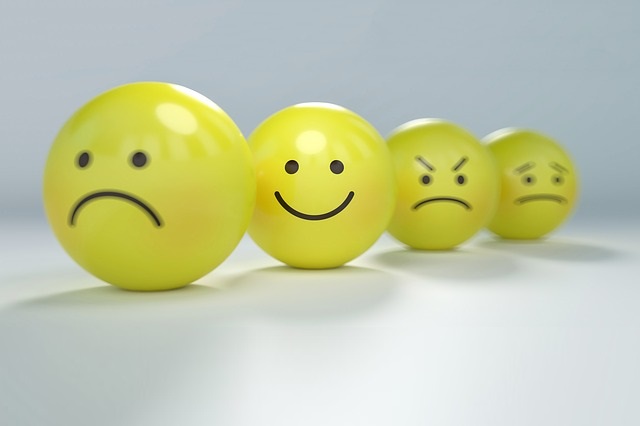 Crnogorski
Crnogorski English available languages
English available languages
If you’re reading this story, we’re connected. Physically, you’re anywhere, but digitally we’re in a global conversation, a nonstop cross-cultural exchange on an unprecedented scale. And Smileys.😃
For this reason, social scientists study how people respond to emoticons around the world. Much of our borderless discussion is cryptic, expressed in likes, shares, signs, and symbols. But our use of symbols as communication shortcuts assumes they’re universal—and studies show we understand emoticons differently across contexts and cultures. For example, Westerners tend to seek emotion in an emoticon’s mouth whereas Easterners seek emotion in its eyes. In other words, we don’t all see glee in this glyph : ) So, what’s the difference between smileys, emoticons and emojis in different cultures?
Here’s why you should think twice about using emoticons with someone from a different culture https://t.co/F60Gm2NRqN #language pic.twitter.com/GxNP4Q8Btx
— World Economic Forum (@wef) 4. studenoga 2018.
The most recent such study, published in the Journal of Cross-Cultural Psychology, examined how emotions expressed in symbols and pictures are understood in three nations with varying degrees of internet connectivity and access: Japan, Cameroon, and Tanzania. Psychologists from the University of Tokyo tested subjects on how well they recognized emotions in emoticons and photographs. Participants across cultures could read emotion accurately in images of real people regardless of race—but symbolic tech expression was not universally comprehensible,
The study subjects were shown photographs of happy, neutral, and sad Caucasians, Asians, and Africans and told to describe the emotions expressed in the images. Generally, participants accurately assessed the feelings expressed across the board. The researchers noted one difference: African participants tended to confuse Asian neutral and sad faces, “perhaps due to lack of exposure to the out-group [Asian] faces,” they suggest.
When it came to symbols, however, the scientists found clear cultural differences in emotion recognition. Subjects from all three countries were given a tablet, on which they were asked to scroll through a series of emoticons. They were shown emoticons in the Japanese style, with happiness, sadness, and neutrality expressed in the eyes; in a western style with emotion expressed in the mouth; and “smiley face” emoticons (pictured above).
The Japanese subjects fluently read emotion in emoticons, whereas subjects from Cameroon and Tanzania found emoticons utterly mystifying at similar rates. This was true both for urban and rural dwellers in both African nations.

The researchers believe this is due to the varying levels of internet exposure in the three countries. According to 2015 World Bank data, in Cameroon about 25% of the population had internet access, while in Tanzania just 13% did. In Japan, a whopping 92% of people were online. The study argues that the Japanese generally are so steeped in internet culture that they anthropomorphize emoticons, transforming them from symbols into real signals of feeling, thus explaining their total fluency, whether emotion was expressed in the emoticon’s eyes, Eastern style, or the mouth, Western style.
Given that emoticons play a growing role in online communication, which most frequently takes place between people at a distance, it’s important to be aware of differences that persist despite our growing closeness—and, the researchers warn, not all cultures are in as deep as Japan’s. Those who use emoticons in cross-cultural communication, do so at the risk of being misunderstood. Might be best just to spell it out. Neutral face.
 Crnogorski
Crnogorski English available languages
English available languages
